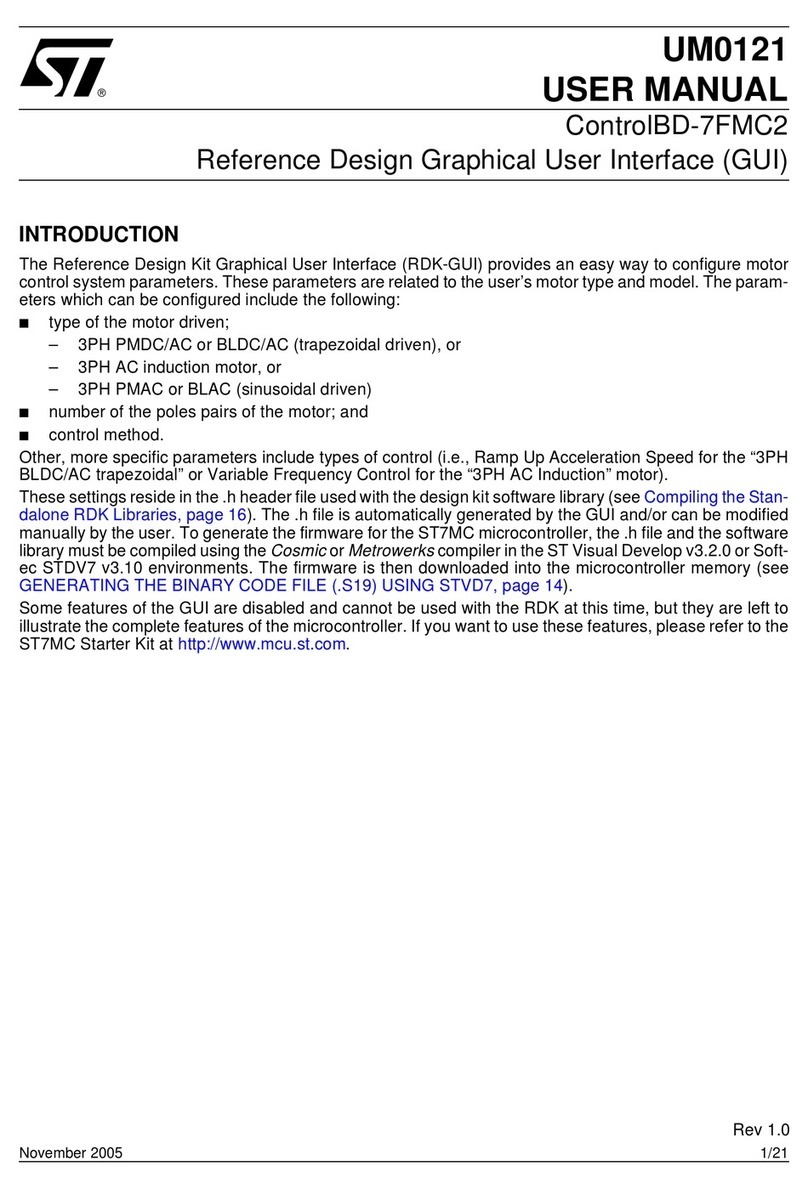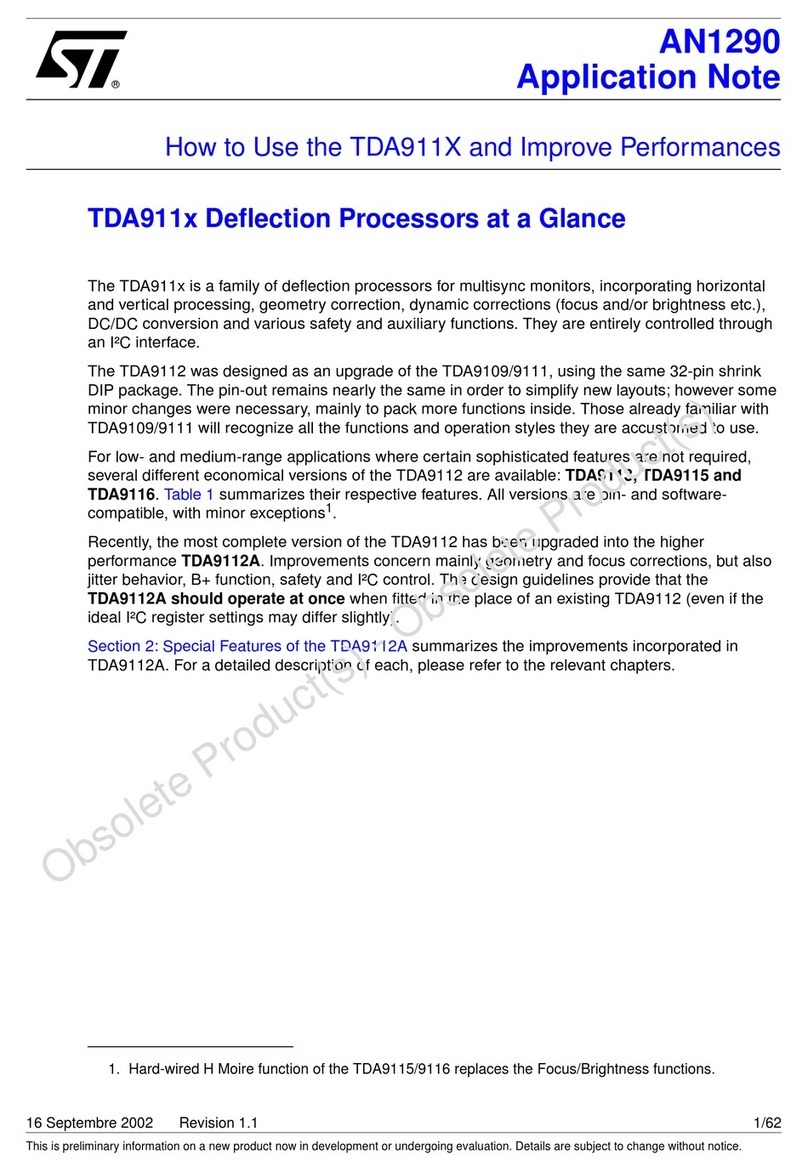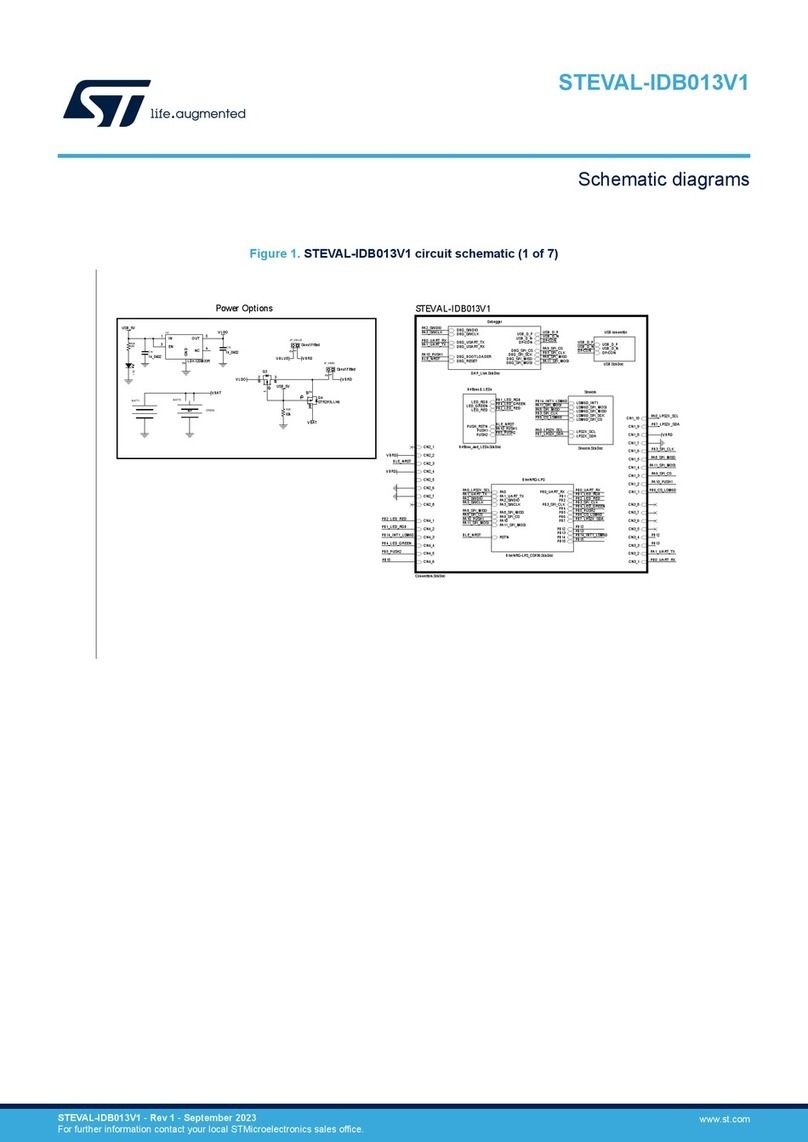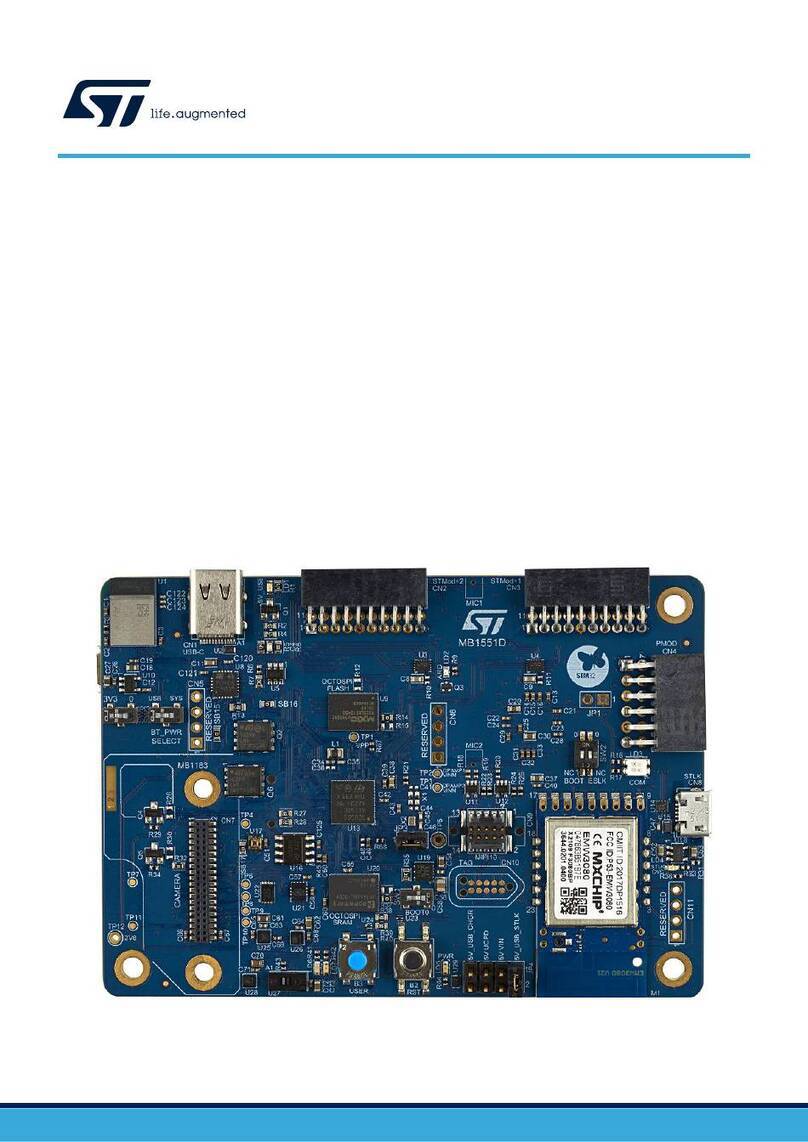ST STM32U5 User manual
Other ST Computer Hardware manuals
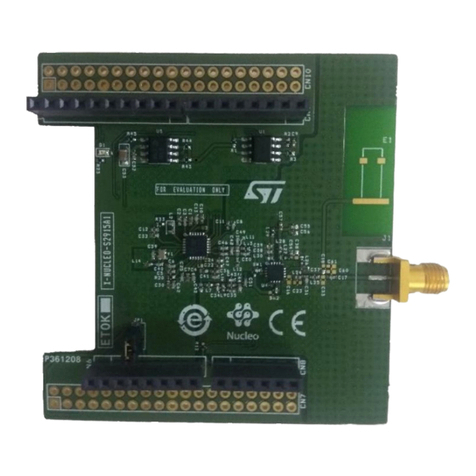
ST
ST X-NUCLEO-S915A1 User manual
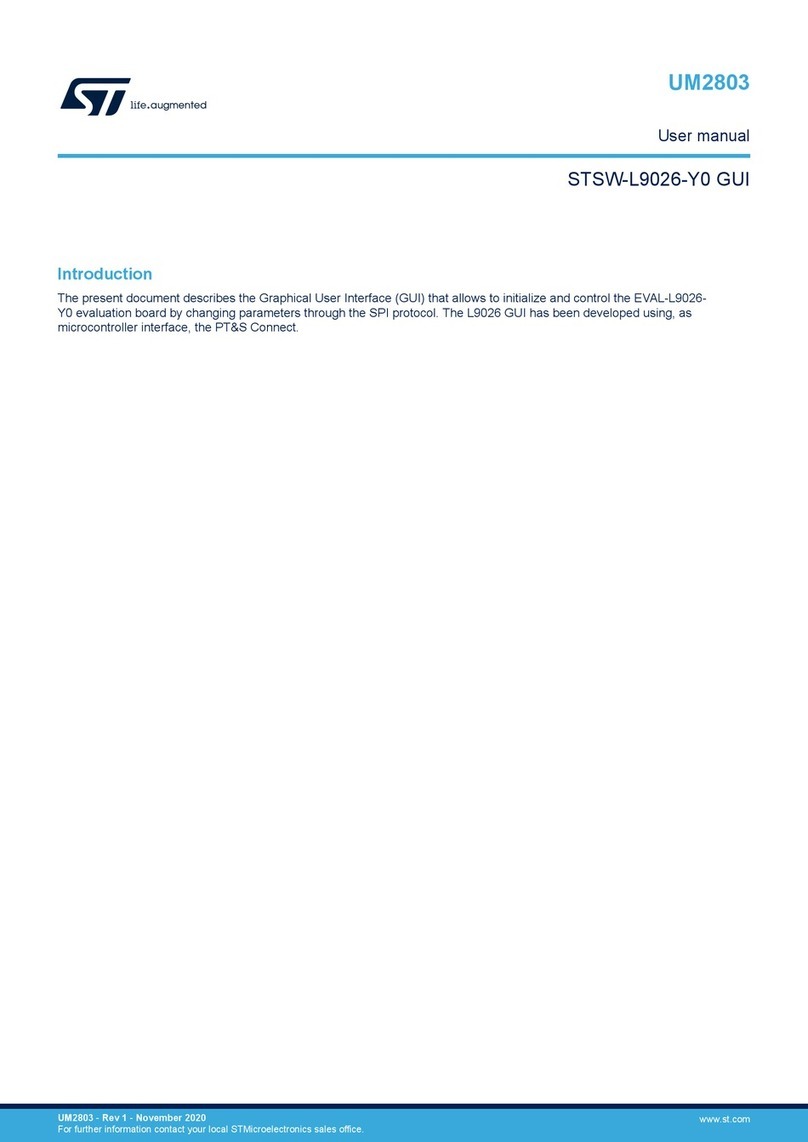
ST
ST STSW-L9026-Y0 User manual
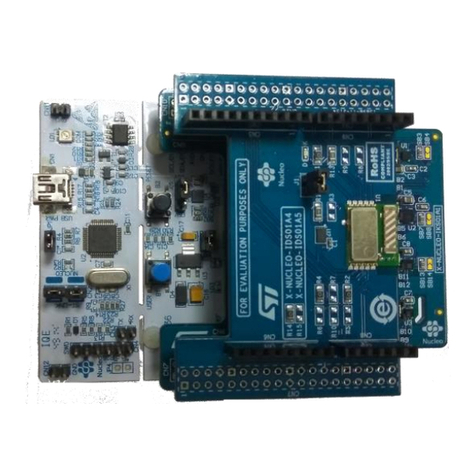
ST
ST STM32 ODE User manual
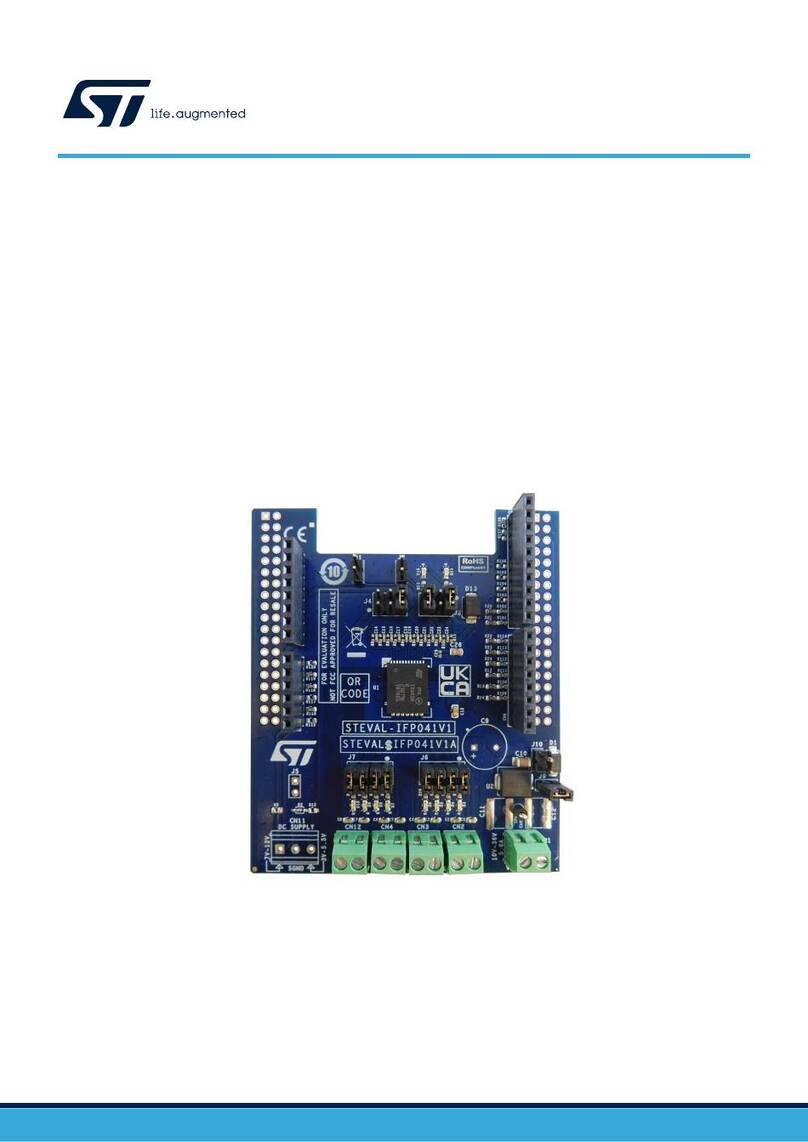
ST
ST STEVAL-IFP041V1 User manual
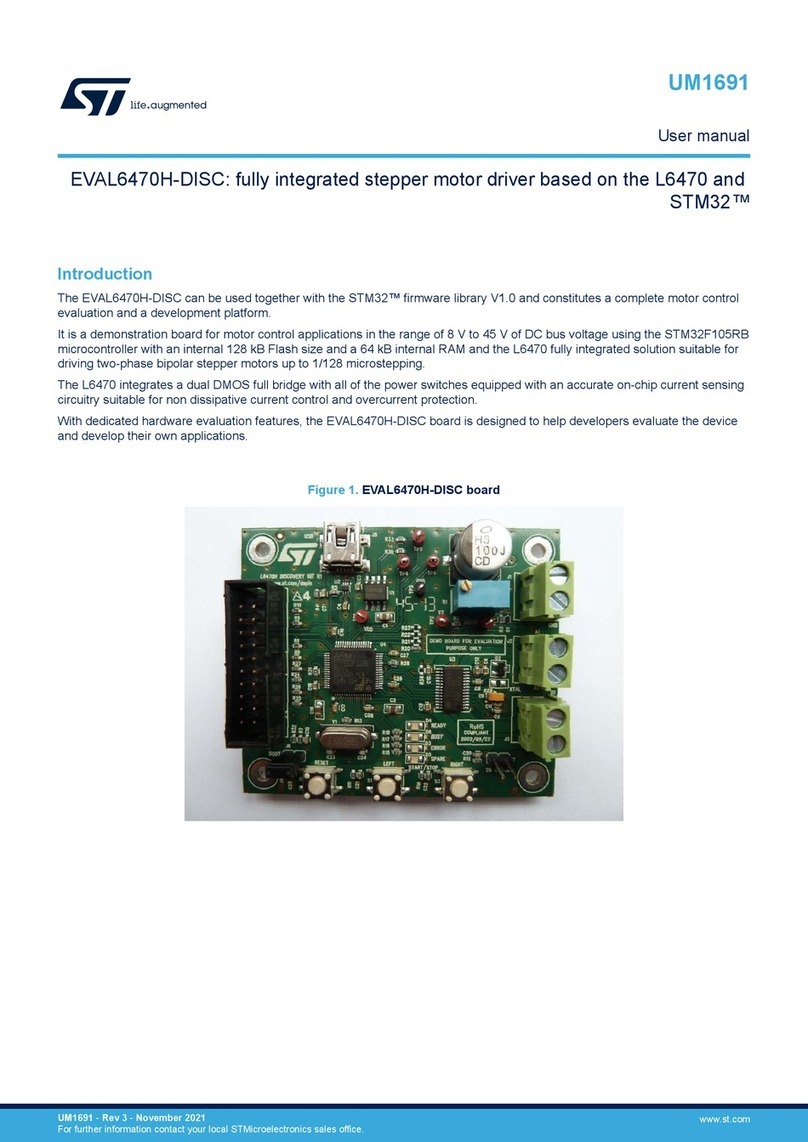
ST
ST EVAL6470H-DISC User manual
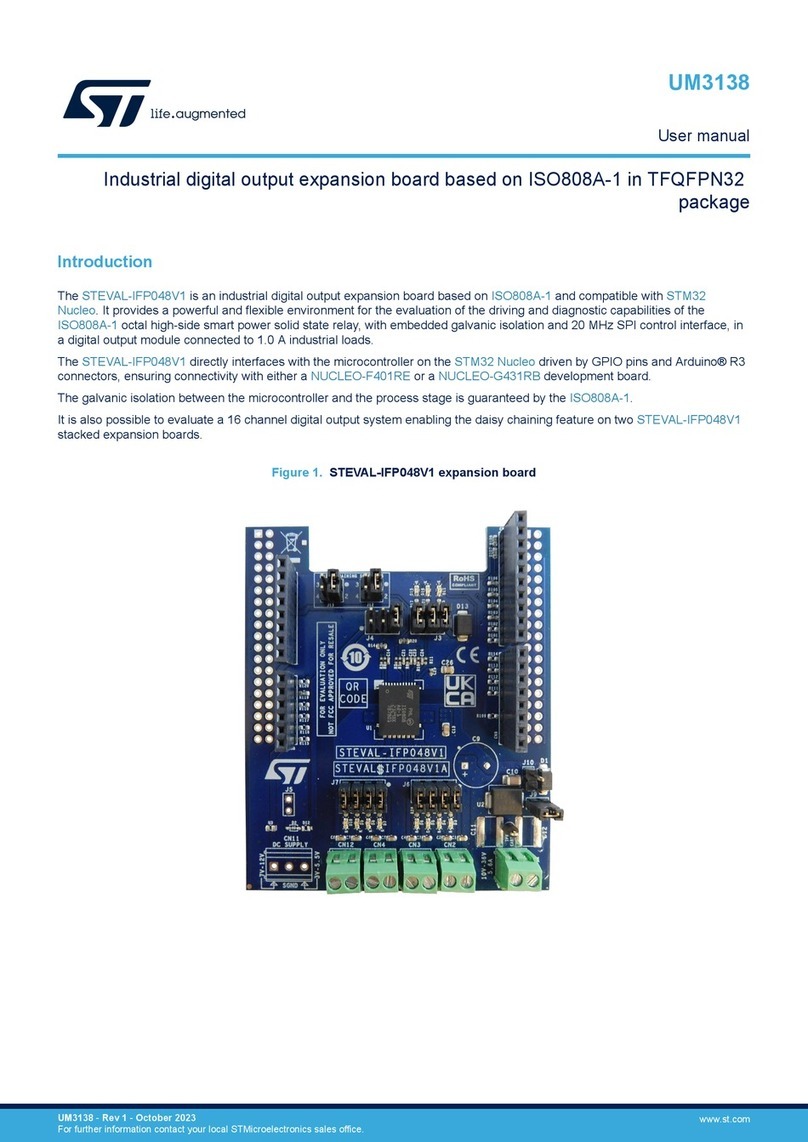
ST
ST STEVAL-IFP048V1 User manual
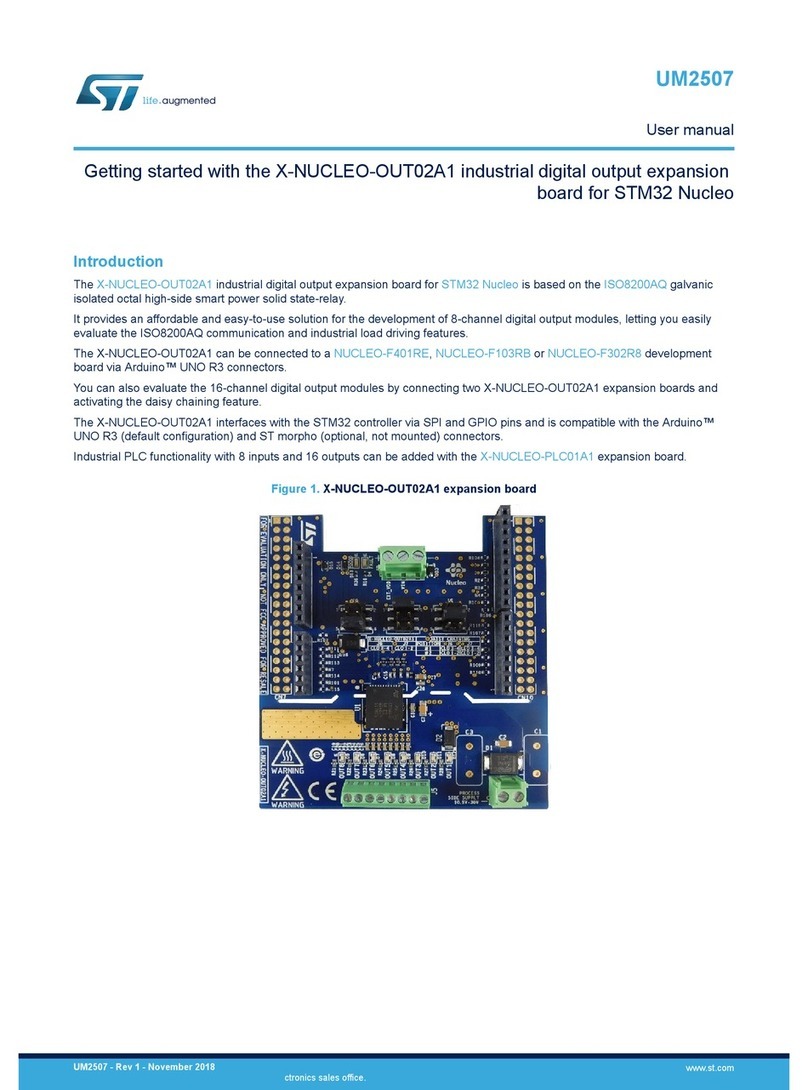
ST
ST X-NUCLEO-OUT02A1 User manual
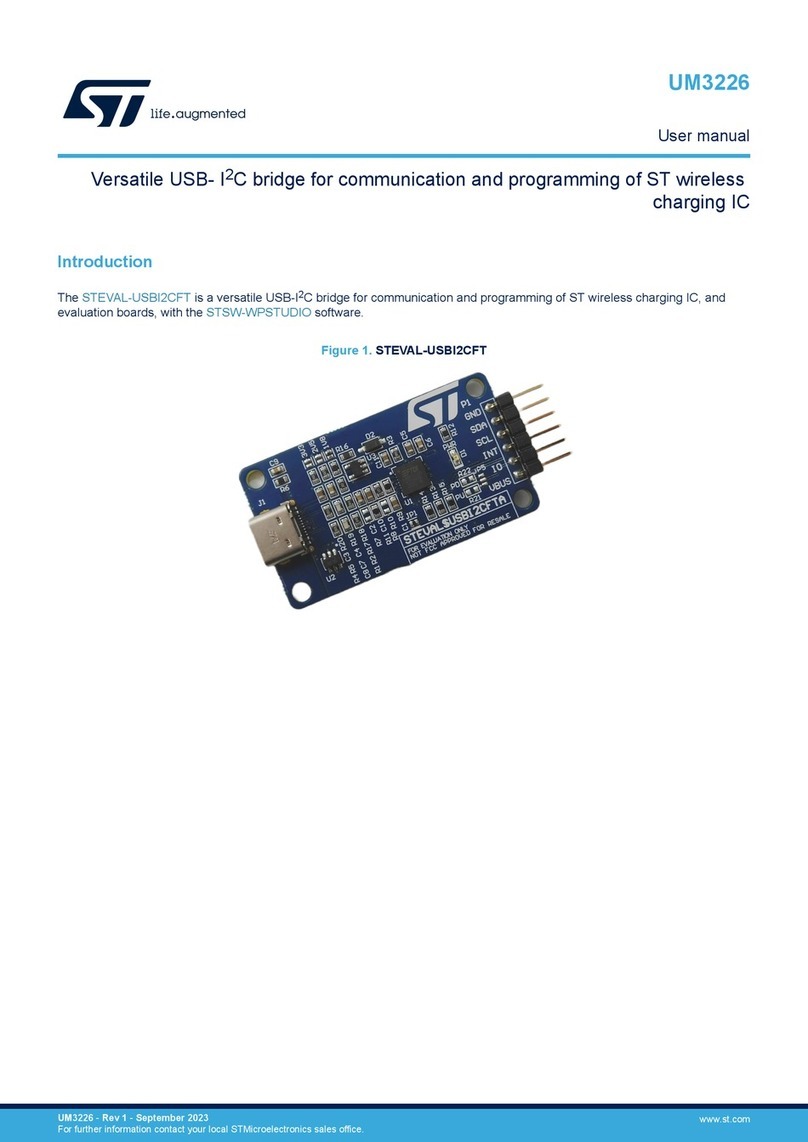
ST
ST STEVAL-USBI2CFT User manual
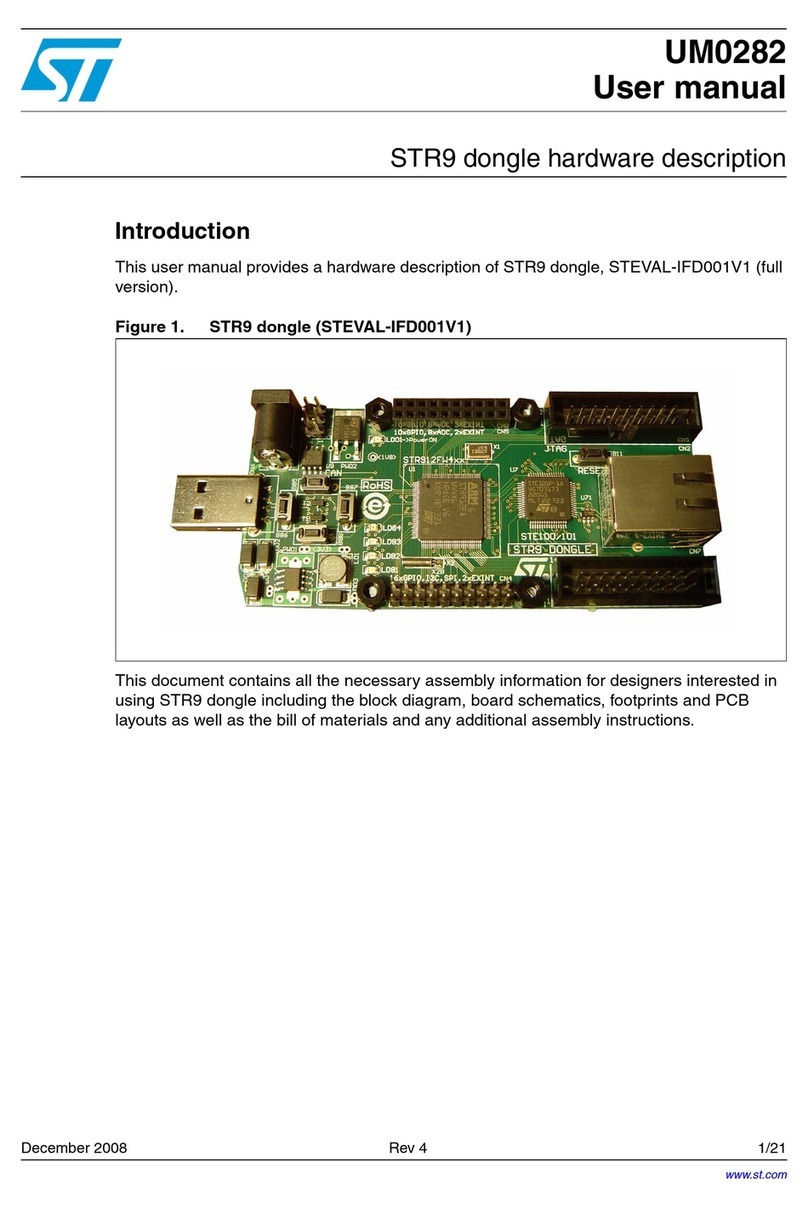
ST
ST STR9 User manual
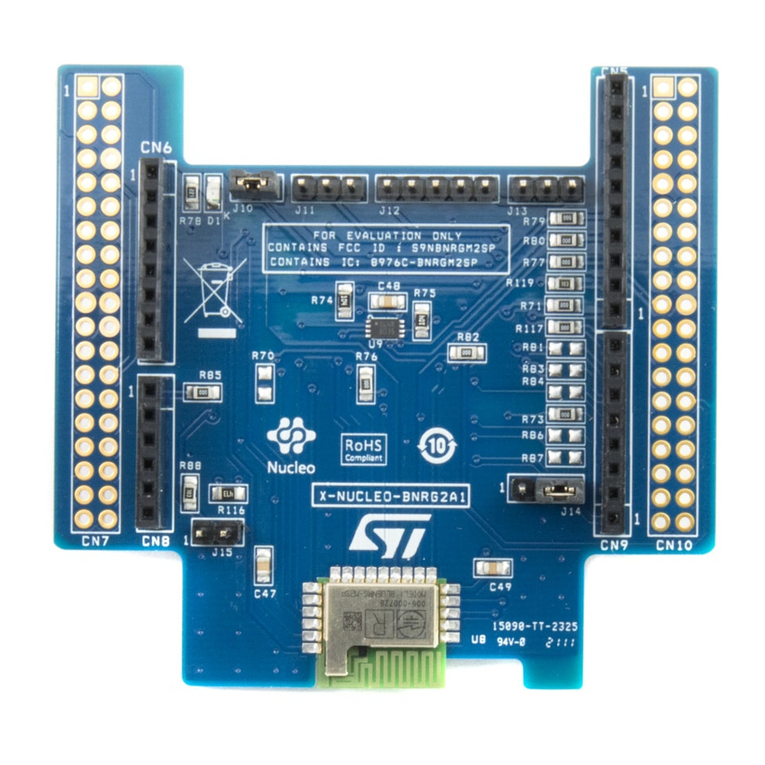
ST
ST X-NUCLEO-BNRG2A1 User manual
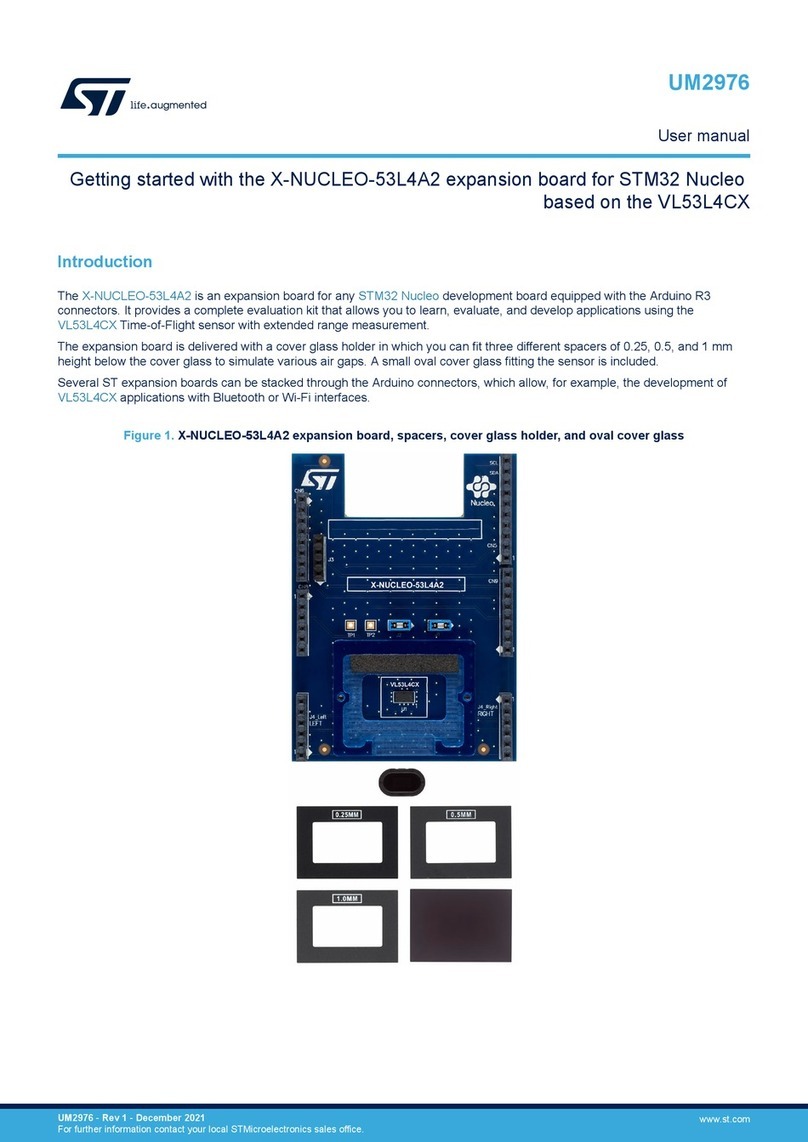
ST
ST X-NUCLEO-53L4A2 User manual

ST
ST X-NUCLEO-OUT02A1 User manual
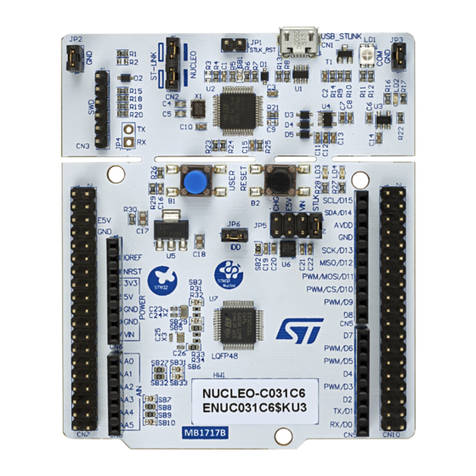
ST
ST STM32 Nucleo User manual
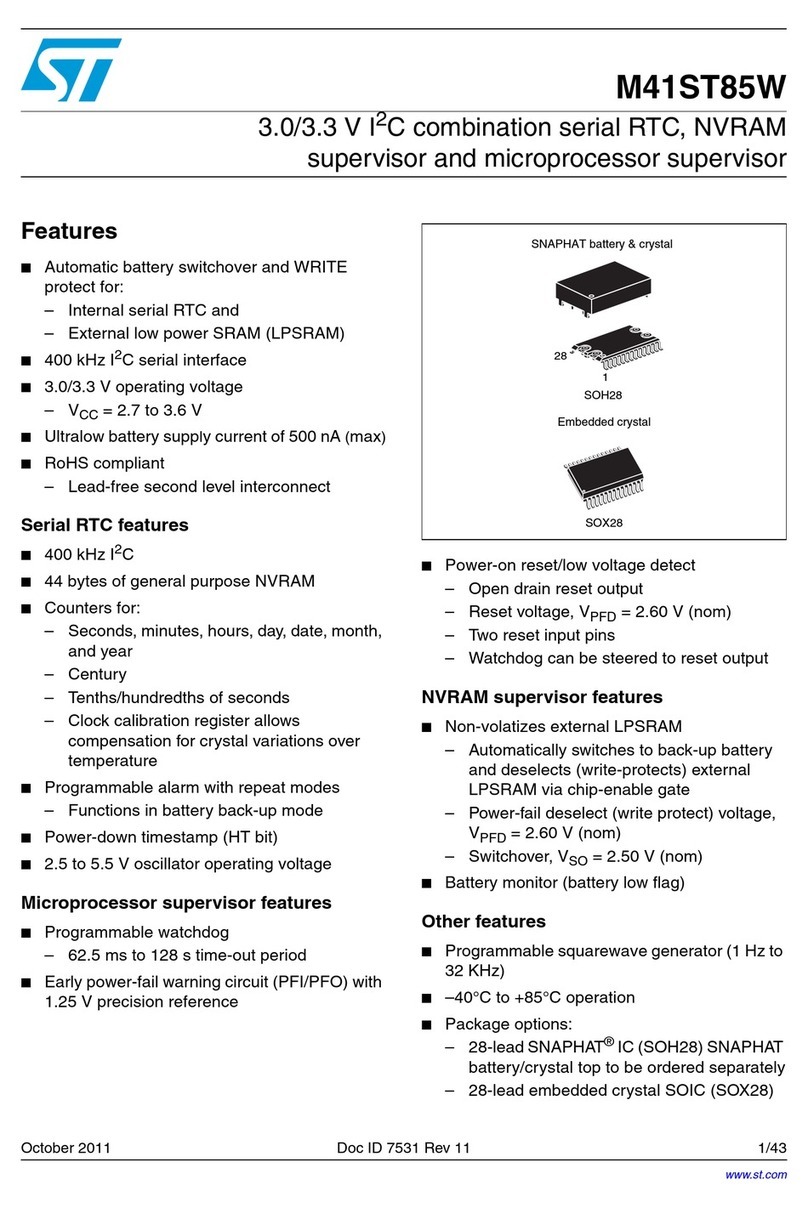
ST
ST M41ST85W User manual
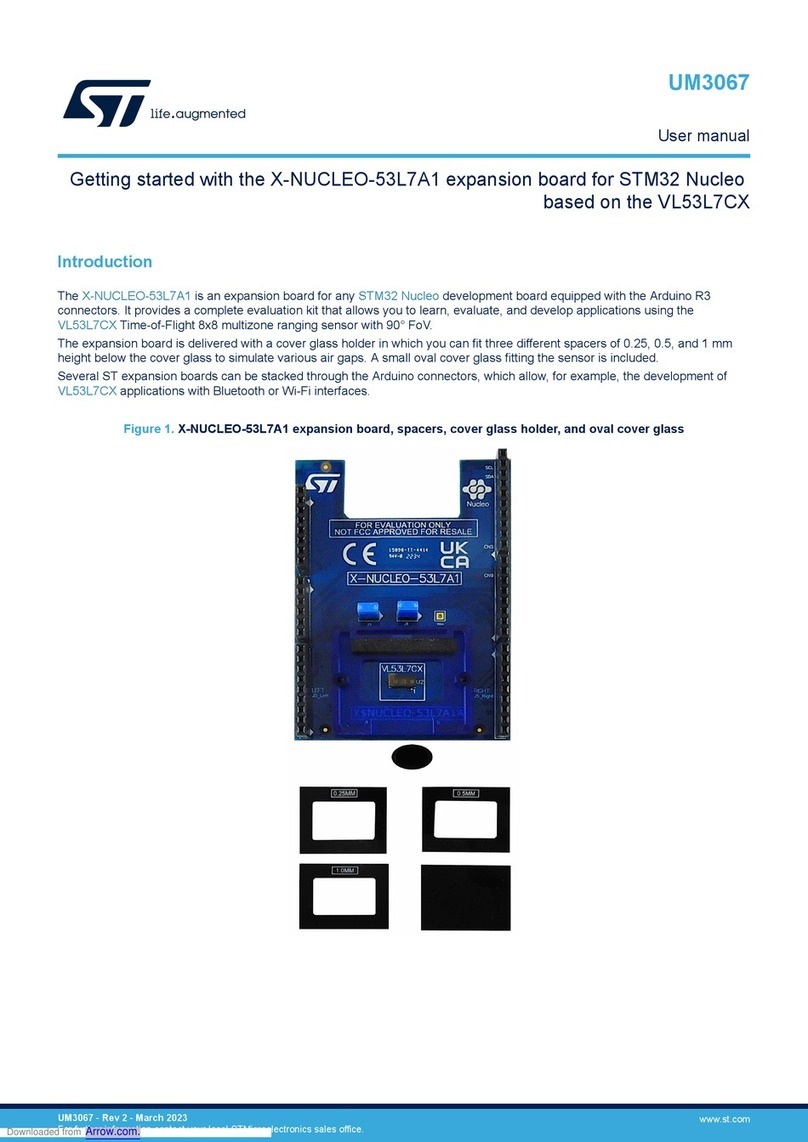
ST
ST X-NUCLEO-53L7A1 User manual

ST
ST X-NUCLEO-IHM12A1 User manual
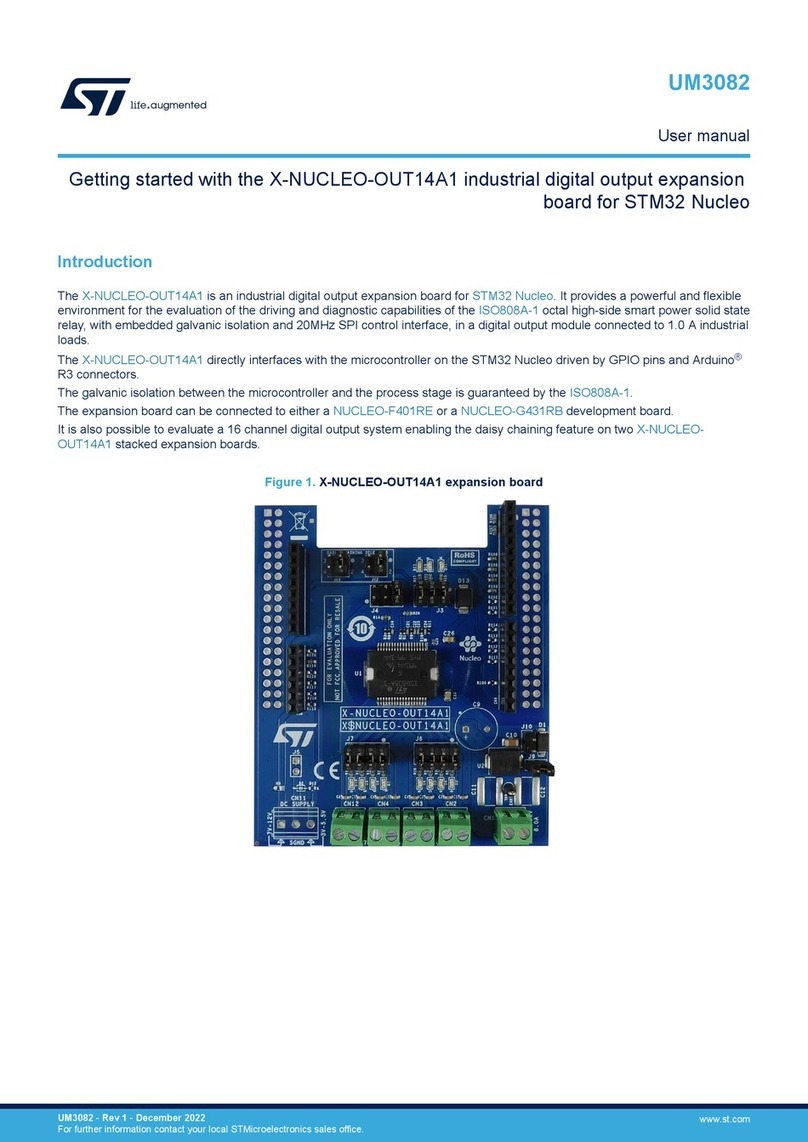
ST
ST X-NUCLEO-OUT14A1 User manual
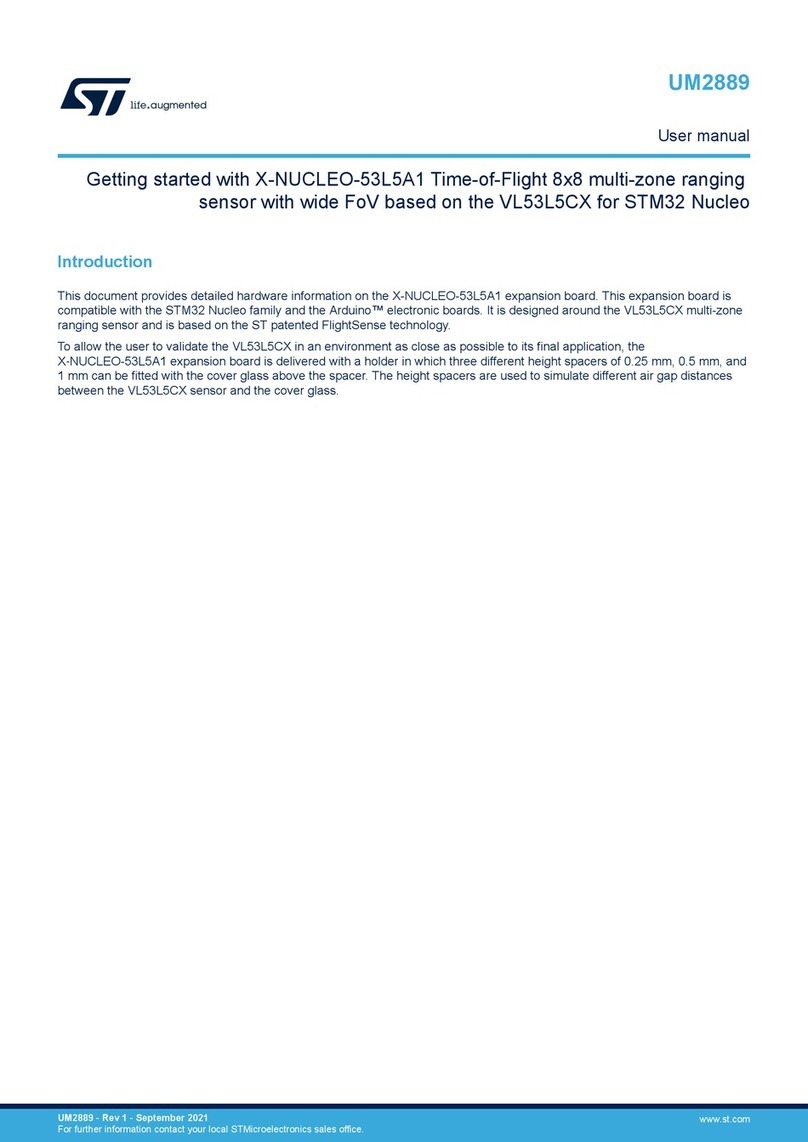
ST
ST X-NUCLEO-53L5A1 User manual
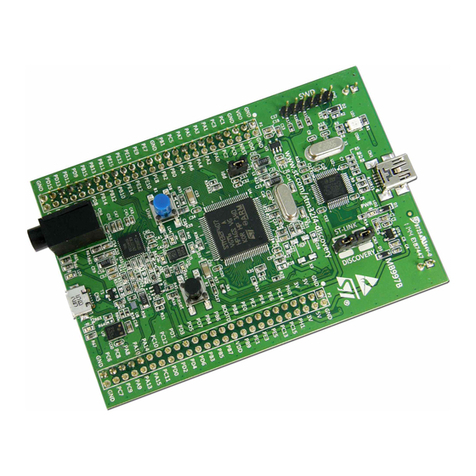
ST
ST STM32F4 Series Owner's manual
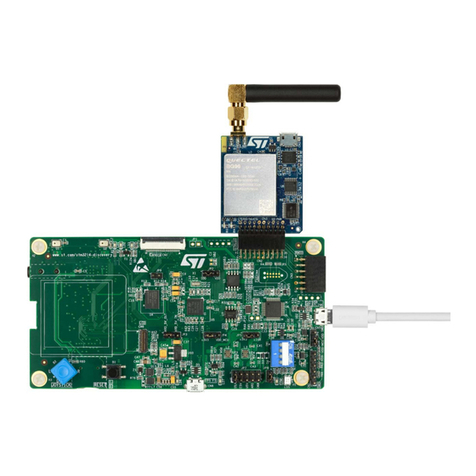
ST
ST STM32 Nucleo User manual
Popular Computer Hardware manuals by other brands

EMC2
EMC2 VNX Series Hardware Information Guide

Panasonic
Panasonic DV0PM20105 Operation manual

Mitsubishi Electric
Mitsubishi Electric Q81BD-J61BT11 user manual

Gigabyte
Gigabyte B660M DS3H AX DDR4 user manual

Raidon
Raidon iT2300 Quick installation guide

National Instruments
National Instruments PXI-8186 user manual

Intel
Intel AXXRMFBU4 Quick installation user's guide

Kontron
Kontron DIMM-PC/MD product manual

STEINWAY LYNGDORF
STEINWAY LYNGDORF SP-1 installation manual

Advantech
Advantech ASMB-935 Series user manual

Jupiter
Jupiter RAM PACK instructions

Measurement Computing
Measurement Computing CIO-EXP-RTD16 user manual
